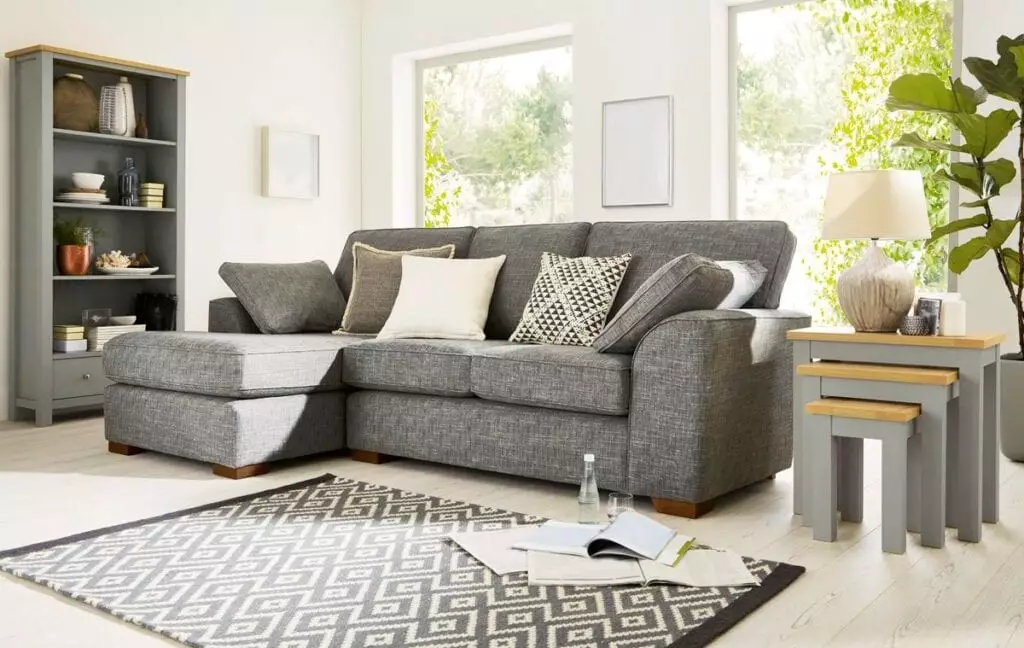Interior design has come a long way from its humble beginnings, and today it is a multi-billion-dollar industry that continues to evolve. From the earliest recorded history to modern times, the concept of interior design has undergone significant changes, driven by changing tastes, advancements in technology, and economic and social factors. In this article, we’ll take a closer look at the evolution of interior design, from its roots to where it stands today, and what the future may hold.
Early Roots of Interior Design
Interior design can be traced back to ancient civilizations, where people decorated their living spaces with natural materials, such as animal hides, stones, and plants. The Egyptians, Greeks, and Romans all had their unique styles of interior design, which were heavily influenced by their cultural and religious beliefs. The Egyptians, for example, adorned their walls with hieroglyphics and used gold and silver to decorate their furniture, while the Greeks were known for their use of marble and intricate mosaics.
The Renaissance Period
During the Renaissance period, interior design took on a more sophisticated and ornate form. This period marked a significant shift in style, as wealthy patrons began to demand more lavish and intricate designs. Ornate carvings, elaborate tapestries, and gilded furniture were all the rage, and designers worked hard to create works of art that would impress their wealthy clients.
The Industrial Revolution
The Industrial Revolution had a significant impact on interior design, as new materials and manufacturing processes made it easier and cheaper to produce furniture and decorative objects. This era saw the rise of mass-produced furniture, which was designed to be functional and affordable, rather than ornate and decorative. The Art Nouveau movement also emerged during this time, which emphasized organic and curved lines, inspired by the natural world.
The Modern Era
In the early 20th century, interior design underwent another significant transformation, as designers rejected the ornate styles of the past and embraced simplicity and functionality. The Modernist movement emerged in Europe, which emphasized clean lines, minimalism, and the use of new materials such as glass, steel, and concrete. This style would later evolve into the Mid-Century Modern movement in the 1950s and 60s, which remains popular today.
The Postmodern Era
In the 1980s, Postmodernism emerged as a reaction to the austerity of Modernism. This era saw a return to ornamentation and decoration, with designers incorporating bright colors, bold patterns, and eclectic styles. The Memphis Group, founded in Italy in 1981, was a prominent exponent of this style, with their furniture and objects featuring whimsical designs and bright, clashing colors.
The Digital Age
The rise of technology and the internet has had a significant impact on interior design, with new software and tools allowing designers to create virtual models of spaces and experiment with different materials and layouts. Social media platforms such as Pinterest and Instagram have also become important sources of inspiration for designers, who can share their work with a global audience and connect with clients around the world.
The Future of Interior Design
Looking ahead, it’s clear that interior design will continue to evolve and adapt to changing tastes, technologies, and social and economic factors. Sustainability and eco-friendliness are likely to become increasingly important considerations, as designers look for ways to create spaces that are both beautiful and environmentally responsible. The use of smart home technology is also likely to become more prevalent, allowing homeowners to control lighting, temperature, and other aspects of their homes through their smartphones.





Leave a Reply